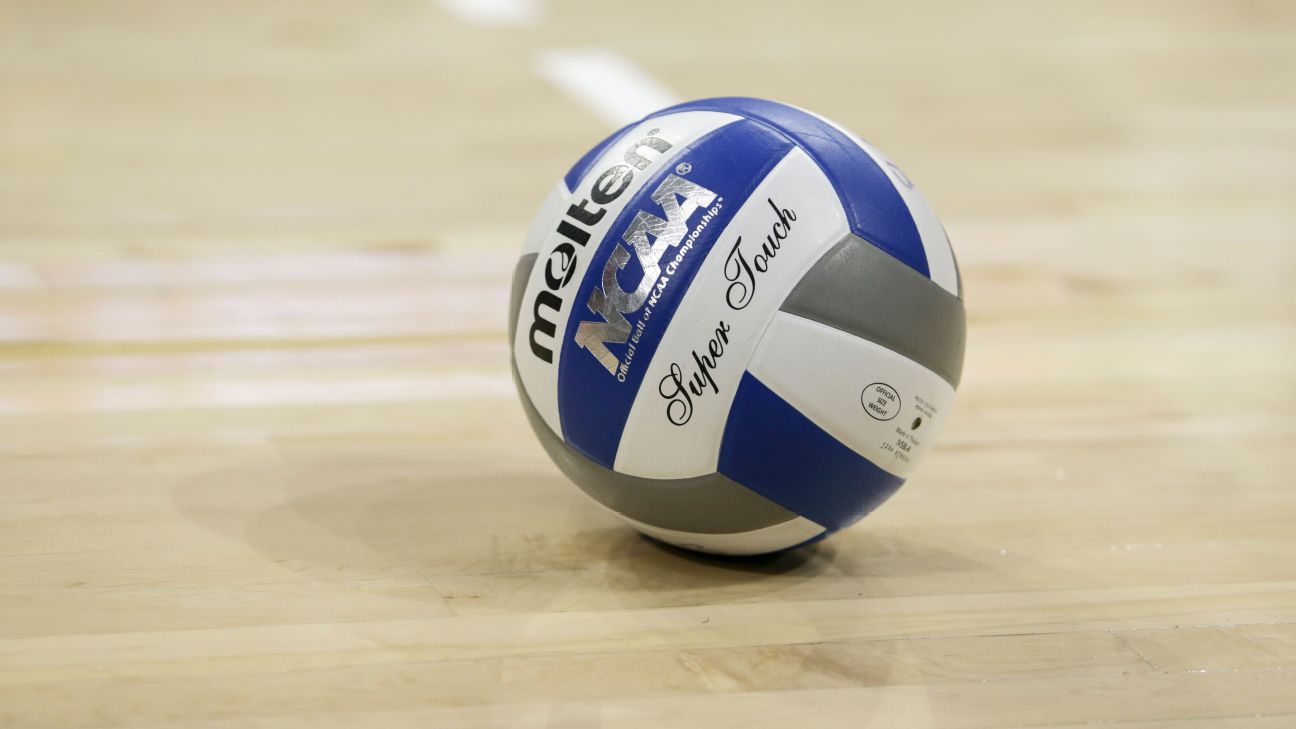Bussiness
Wine business needs to ‘up our game’ to stem slowing sales, experts say
The data clouding the wine business these days has been dire, with slowing sales, declining alcohol consumption and waning interest among some younger consumers.
But as the industry faces what’s estimated as three to five years of tough times, it can take lessons from brands and tactics that are winning hearts and palates of consumers, according to speakers at a wine marketing conference in Santa Rosa on Thursday.
The pandemic forced the industry to make a dramatic shift from interacting with consumers face-to-face to diving into digital engagement. Now, building or rebuilding connections is what’s setting successful brands apart, said keynote speaker Ben Dollard, president of Treasury Wine Estates’ Napa-based Americas group.
“That is at the core of the opportunity for our industry, as we think about moving forward and how we’re going to progress and engage not only with the consumers that we love today, but also those consumers that we hadn’t yet engaged,” Dollard said at Wine Industry Network’s Wine Sales Symposium.
Industry watchers have been warning of needed change for the past several years. That started becoming evident when U.S. winery shipments trended from growth to loss in 2018, said speaker Dale Stratton of Five Points Consulting, citing BW 166 research.
The compound annual growth rate — showing the trend over a span of years — was 2.4% from 2003 through 2018, but then that year-to-year growth turned to negative 1.8% for 2018 through 2023. That held even when considering the “pantry stuffing” surge in alcohol buying in the first year of the pandemic.
“We were a growth category, but the category exploded. It’s just not going to grow to the levels that it was. Growth is going to be muted. I’m not saying there’s never going to be growth,” said speaker Dale Stratton.
The symposium also focused on the generational divide, with younger consumers increasingly rejecting wine in favor of low-alcohol seltzers, cannabis, and “sober curious” lifestyles.
“We’re losing the younger consumer,” Stratton warned.
He urged vintners and marketers in the room to “up our game” with more compelling branding and experiences.
Meanwhile, wholesalers are saddled with excess inventory, with spirits facing a bigger backup at the distributor level than wine.
Wholesaler inventory levels have jumped from a ratio of $1.13 on hand per $1 in sales in 2007, to $1.29 in 2007—2022 and $1.61 from January 2023 through March of this year.
“This could affect your shipping opportunities,” Stratton told the audience, dominated by wine representatives. Though more recent data isn’t in, he expects it will come down.
Wine also faces stiff competition from cheaper alcohol categories. “We’re the most expensive on a cost per serving basis,” noted Stratton, despite flat volume and rising prices. “That’s a difficult place to be for that consumer who is really watching their money.”
While the data appears grim, technologists encouraged wineries to embrace democratized data and AI to identify high-potential consumers.
“There is extensive ROI opportunity for every wine business with customers at the level of one or many,” said M.J. Dale, founder and CEO of CustomerVineyard.
Treasury Wine Estates acquisition of hip brand Dao allowed them to “bring more people to wine” through personal connections, said Dollard. He cited partnerships with cultural influencers like Snoop Dogg as key to engaging younger, multicultural consumers.
“It all comes back to this very tight and meaningful connection with that consumer,” Dollard told the audience. “It’s not just about being consumer obsessed. It’s much deeper than that.”
Wineries able to leverage data, technology, and authentic storytelling may yet thrive amid the tumult. But the symposium left little doubt that the industry must evolve to survive.
“We have to accept that there are some challenges that are out there. And we need to address that,” Stratton said.
Jeff Quackenbush covers wine, construction and real estate. Reach him at jquackenbush@busjrnl.com or 707-521-4256.








